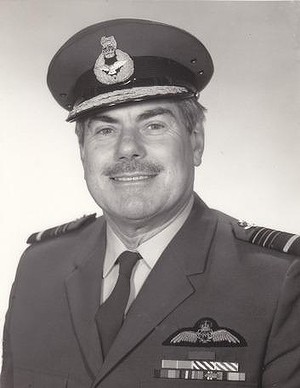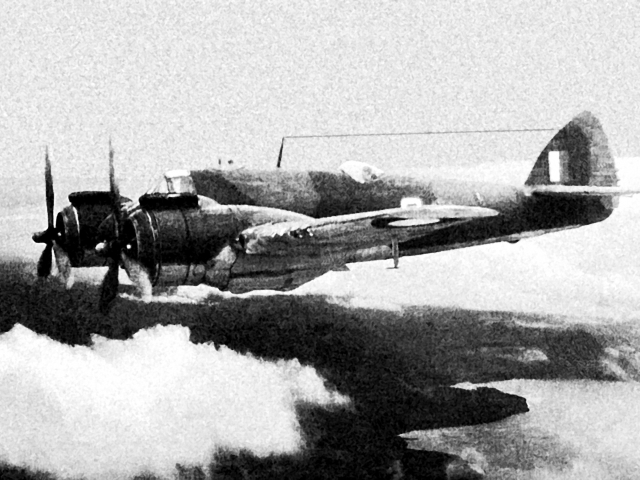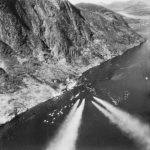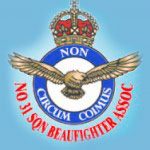War History
NARRATIVE OF No. 31 SQUADRON
No. 31 Squadron was formed at Wagga Wagga, New South Wales, within the command of Eastern Area, on the 14th August 1942. It was to be a long range fighter squadron equipped with Beaufighter Aircraft, the first of which was received from No. 2 Aircraft Depot on the 23rd August 1942. Squadron Leader B.F. Rose, D.F.C., was appointed to temporary control of the new unit, until Squadron Leader C.F. Read assumed command on the 1st September 1942.

Air Marshal Sir Charles Read
The squadron recorded its first casualties on the 21st September, when Beaufighter A19-61 crashed at Cootamundra, New South Wales, killing Flight Sergeant Jenkins and Sergeant Sutherst. The arrival of the squadron at Batchelor in the Northern Territory on the 27thOctober improved the R.A.A.F.’s fighting potential in North Western Area. After a few weeks of intensive training and familiarisation flights, No. 31 Squadron moved to its operational base at Coomalie Creek on the 12th November.

Beaufighters, later to be known to the Japanese as “whispering death”, joined the offensive for the first time during the early hours of the 17th November, when two flights of three aircraft each strafed Moabisse and Bobonaro in Timor. In the latter attack, Squadron Leader Riding and Warrant Officer Clarke were casualties, when their aircraft crashed into the sea while evading an enemy fighter a few miles off Cape Batoe Poeti.
At this time the R.A.A.F. were implementing a policy of bombing and strafing hostile native concentrations in Timor and encouraging resistance to the Japanese authorities. This policy was translated into action by the combination of Hudson and Beaufighter attacks daily stepping up the number of sorties in Portuguese Timor, culminating on the 26th November in the biggest R.A.A.F. operation in this theatre to date, when, ten Hudsons and six Beaufighters from No. 31 Squadron bombed and strafed Hatolia and Beco districts, starting a number of fires in the villages of Nova Lusa and Beco.

In the first two weeks of operations, the Squadron had recorded 53 sorties into enemy territory, the majority of which were strafing attacks. On the 30th November, there were three missions covering the H.M.A.S. “Armidale” and “Castlemaine”, then approximately 200 miles from Darwin out in the Arafura Sea. Beaufighters drove off two of the several attacks by the enemy aircraft, damaging two bombers and one fighter. One aircraft, whose crew were Flight Sergeant Morrison and Sergeant Forrest, was missing after this round of engagements which concluded a fortnight’s baptism of fire for No. 31 Squadron as a fighting combination.
Despite the constant protection provided, the “Armidale” was finally sunk on the 5th December, and the Squadron was called to assist in the ensuing rescue operations.
